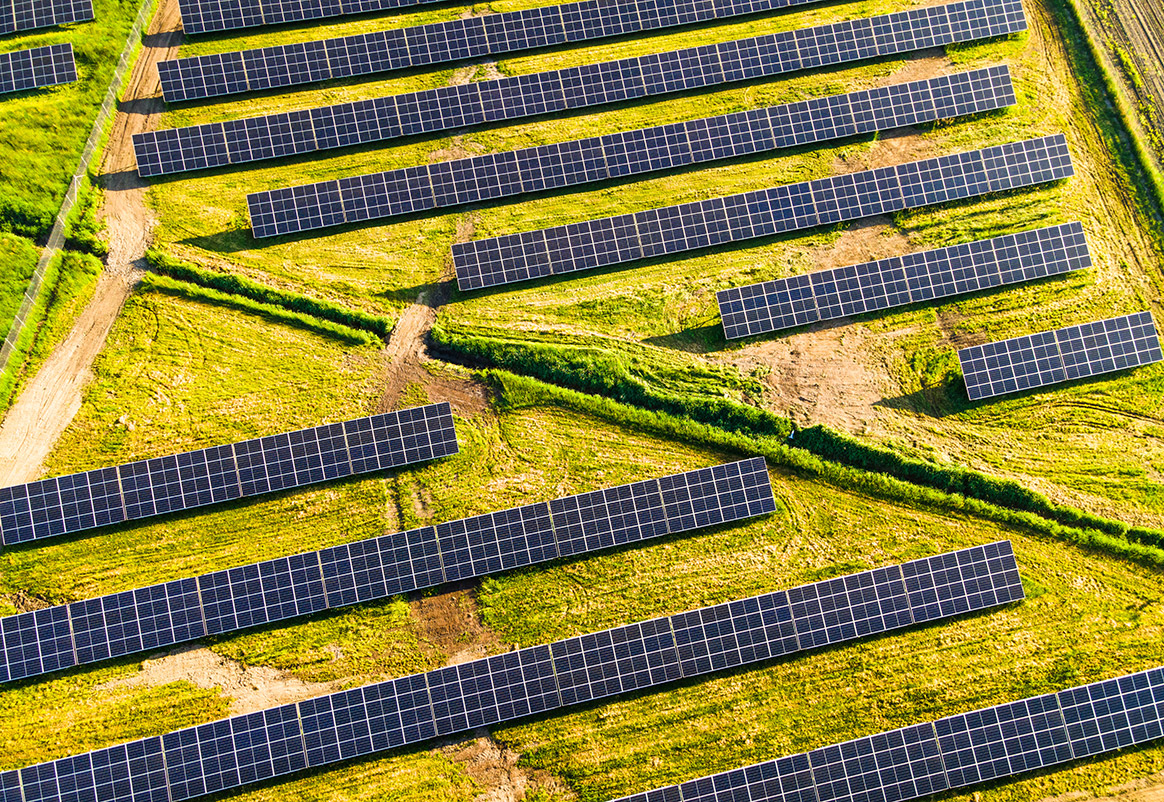Imagine a world where our energy comes from the sun, wind, and water – sources that never run out and do not harm our planet. This is not science fiction; it is the promise of renewable energy, and it is happening right now!
What Are Renewable Energy Sources?
Renewable energy sources are naturally replenishing and virtually inexhaustible. Unlike fossil fuels such as coal or oil, which take millions of years to form and are finite, renewable energy can be used over and over again. Let’s explore some of the most common types:
1. Solar Power: Harnessing the Sun’s Energy
Remember using a magnifying glass to focus sunlight as a kid? Solar power works on a similar principle but on a much larger scale. Solar panels, usually seen on rooftops or in large fields, are made up of photovoltaic cells. These cells capture sunlight and convert it directly into electricity. It is clean, quiet, and becoming increasingly affordable.
2. Wind Power: Riding the Breeze
Wind turbines are like giant pinwheels, with blades spanning longer than a football field. As the wind blows, it spins these massive blades, which turn a generator to produce electricity. Wind farms can be found on land or offshore, where winds are often stronger and more consistent. Wind power is growing rapidly and is expected to play a significant role in our future energy mix.
3. Hydropower: The Power of Flowing Water
Hydroelectric power has been around for over a century. It uses the force of flowing or falling water to spin turbines and generate electricity. While large dams are the most well-known form of hydropower, newer technologies are harnessing energy from ocean waves and tides too.
4. Geothermal Energy: Earth’s Natural Heat
Geothermal energy taps into the heat stored beneath the Earth’s surface. In some places, this heat naturally creates hot springs or geysers. We can use this heat directly for warming buildings or to generate electricity. While not as widely used as solar or wind, geothermal energy provides a steady, reliable source of power in areas where it’s available.
5. Biomass: Energy from Organic Matter
Biomass energy comes from burning organic materials like wood, crops, or even waste. While it does release CO2, it’s considered renewable because new plants can be grown to replace those used for fuel. However, it is important to manage biomass sources sustainably to ensure they remain truly renewable.
Why Are Renewable Energy Sources Important?
Renewable energy is crucial in our fight against climate change. Unlike fossil fuels, most renewable sources do not release greenhouse gases when generating electricity. They also reduce our dependence on finite resources and can improve energy security for many countries.
The Challenges of Transition
While renewable energy sources offer many benefits, transitioning away from fossil fuels is not a simple task. Our current energy infrastructure is built around fossil fuels, and many industries still rely heavily on them. According to the McKinsey Global Energy Perspective 2024, fossil fuels are projected to still meet 40% to 60% of global energy demand by 2050, down from 78% in 2023. This is because renewables alone cannot yet meet all our energy needs, especially in sectors like heavy industry or long-distance transportation. Additionally, renewable energy sources face challenges such as intermittency (the sun doesn’t always shine, and the wind doesn’t always blow), storage limitations, and the need for significant infrastructure upgrades. The transition also requires substantial investments and careful planning to ensure energy security and affordability. Despite these challenges, the shift towards renewable energy is crucial for combating climate change and creating a sustainable future.
The Future is Bright (and Windy, and Flowing…)
According to the McKinsey Global Energy Perspective 2024, renewable energy sources could make up 65% to 80% of global power generation by 2050. This shift is driven by declining costs, improving technologies, and growing awareness of the need to reduce carbon emissions.
As we move towards a cleaner, greener future, renewable energy sources will play an increasingly important role in powering our world. By understanding these technologies, we can all be part of the conversation about our energy future. So, the next time you see a solar panel or a wind turbine, you will know you’re looking at a small piece of our planet’s sustainable energy solution!
